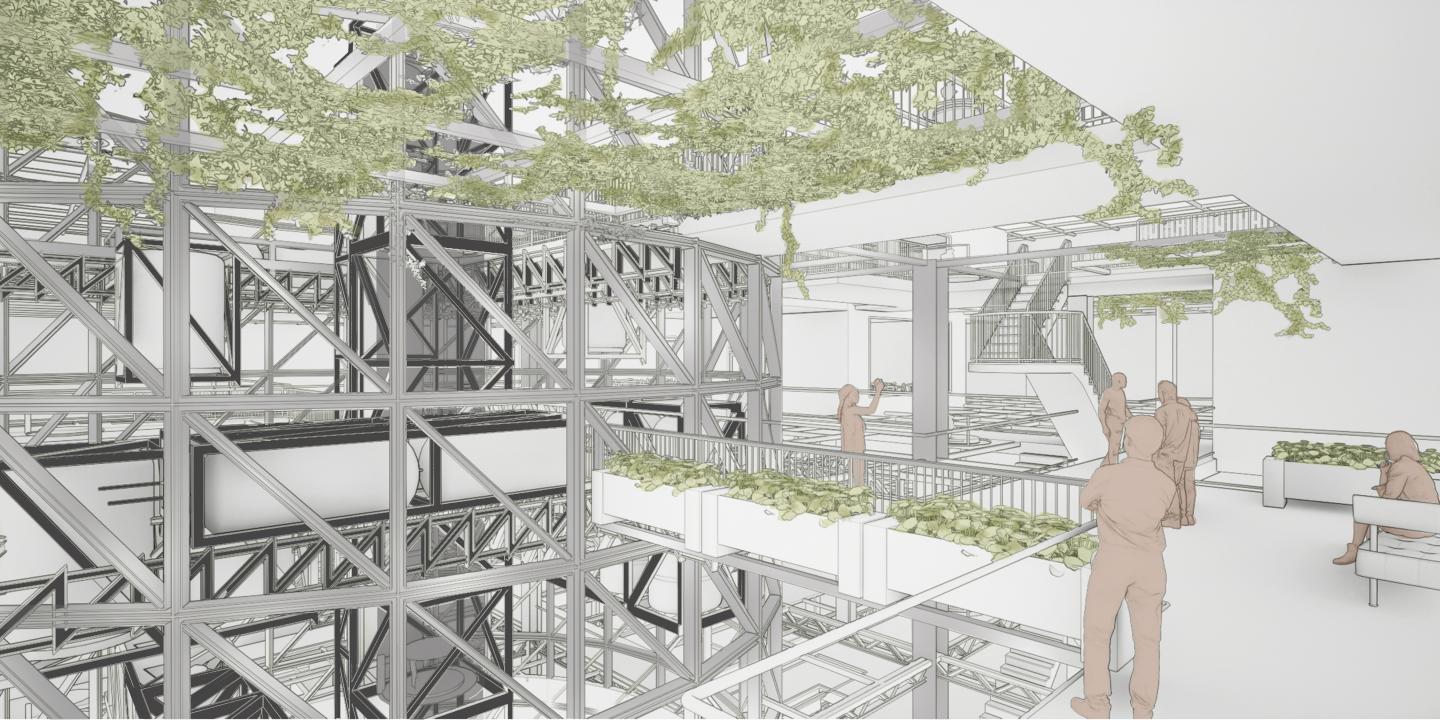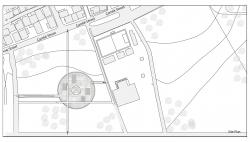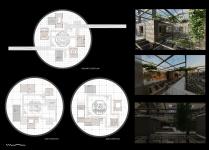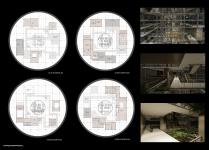The accelerating pace of urbanization on a global scale brings with it numerous physical, social, and environmental challenges. Chief among these is the uncontrolled expansion of cities, known as urban sprawl. Urban sprawl poses a serious threat to sustainable urbanization through its negative consequences, such as unplanned growth, the loss of agricultural and forest lands, inadequate infrastructure, and increasing carbon emissions. At the same time, the effects of climate change—particularly rising temperatures and extreme weather events—directly impact the quality of urban life. In this context, traditional surface-based urban development is being questioned, and alternative spatial strategies are coming to the forefront. The underground urban settlement model is considered a sustainable solution in response to both urban sprawl and the climate crisis.
Underground urbanization offers a valuable alternative in terms of preserving ecological resources, resolving transportation problems, and reducing carbon emissions. Smart use of underground space can support ecosystems by protecting natural areas, enhance city accessibility through sustainable transportation models, and minimize the carbon footprint by creating energy-efficient living environments. In doing so, a holistic approach can be developed that provides long-term environmental and economic solutions to current urbanization problems.
The use of underground spaces provides significant advantages for environmental sustainability and resource management. Thanks to their natural insulation properties, underground facilities are inherently energy-efficient. The insulation provided by the earth prevents internal temperatures from being affected by external weather conditions, reducing the need for heating and cooling, and thus lowering energy consumption compared to surface structures.
The objective here is not only to produce, but also to reorganize life itself through production. While each unit can function as an independent living module, the entire system working in harmony realizes the concept of a self-sufficient neighborhood.
This project proposes an alternative underground living model developed in response to urban sprawl, climate change, and the depletion of natural resources. The settlement is based on a self-sufficient neighborhood system, structured through layered and modular zones including housing, agriculture, technical infrastructure, and social spaces. Water resources are managed cyclically through greywater recycling, rainwater harvesting, and MBR systems supported by natural biofilters. Energy needs are met by a hybrid system of surface-installed solar panels, geothermal heat pumps, and biogas derived from organic waste. Year-round food production is ensured through soilless vertical farming, hydroponic irrigation, and energy-efficient LED lighting. Virtual ceilings, LED-enhanced green simulations, and communal gathering areas provide an open-air experience even underground. All systems are managed via IoT-based monitoring, AI-powered data analysis, and blockchain-enabled resource sharing—forming a digitally autonomous urban model that prioritizes ecological balance and resilience.
2025
Project Location: Sarnıç/ İzmir / Türkiye
Population Capacity: ~300 people
Energy Sources: Solar panels, geothermal heat pumps, biogas from organic waste
Water Management: Rainwater harvesting, greywater recycling, MBR biofiltration
Urban Farming: Hydroponic system, LED-assisted vertical farming
Circulation: Central mechanical core
Digital Infrastructure: IoT-based resource control
Structural system: Steel
Area: 10.000-50.000 m2(The area can change depending on time and conditions)
Construction: 20-25 years (designed process)
Designer: Beyza Kaya
Instructor: Doç. Dr. Ülkü İnceköse, Doç. Dr. Ebru Yılmaz











